Polyetheretherketone carbon fiber composite PEEK-CF
PEEK-CNT
In recent years, polyetheretherketone carbon fiber composite materials have received a lot of attention due to their excellent comprehensive properties. Polyetheretherketone carbon fiber composite materials have many advantages such as high strength, good toughness, and high operating temperature. They have been widely used in aerospace, machinery, electrical, automotive industry, bioengineering and other fields.
Part 01
1|PEEK-CF
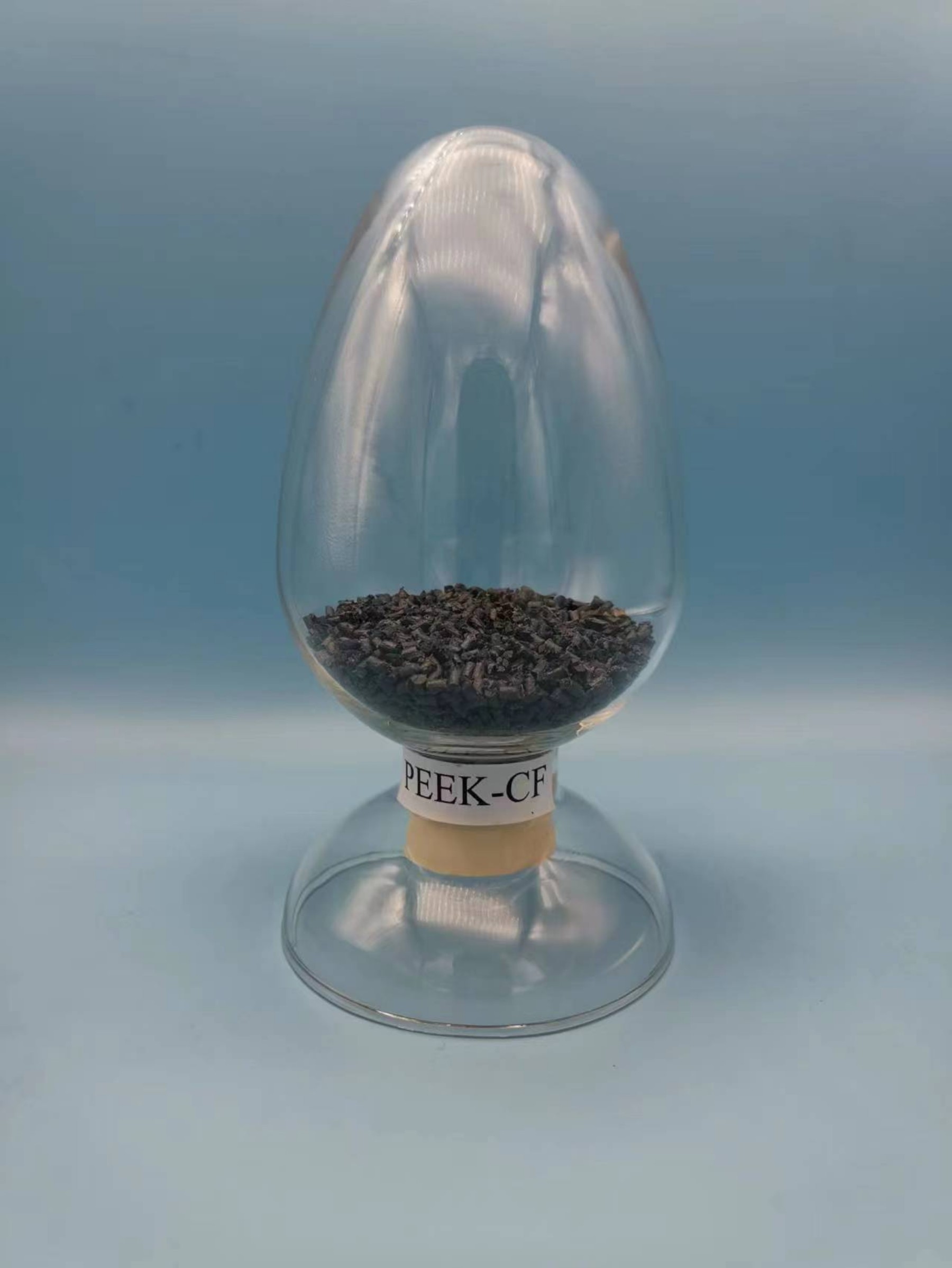
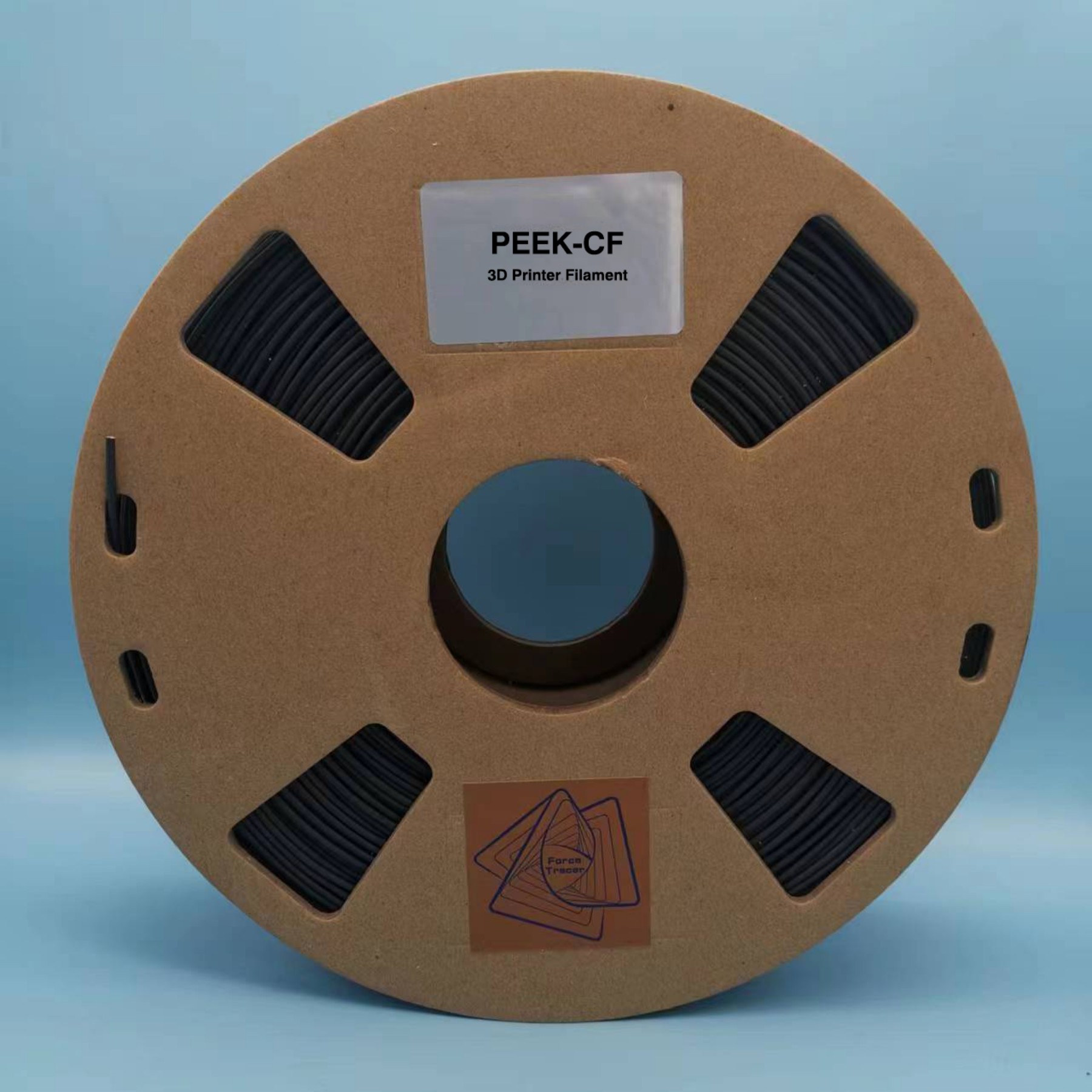
ForceTracer™ PEEK-CF is a polyetheretherketone (PEEK) material with chopped carbon fibers added.
Compared with other special engineering plastics, PEEK has more significant advantages, including higher glass transition temperature (143°C) and melting point (334°C), excellent mechanical properties, good self-lubricating properties, chemical corrosion resistance, flame retardancy, and Peelability, abrasion resistance, radiation resistance, biocompatibility and thermal stability (CF reinforced PEEK can be used for a long time at 260°C. Compared with other high temperature resistant plastics such as PI, PPS, PTFE, PPO, etc., the upper limit of use temperature exceeds about 50℃).
"
PEEK-CF application fields
This material is often used in
High-end machinery, nuclear engineering, aviation, electronic, electrical and medical machinery
and other fields.
"
3D printing sample display
Product presentation
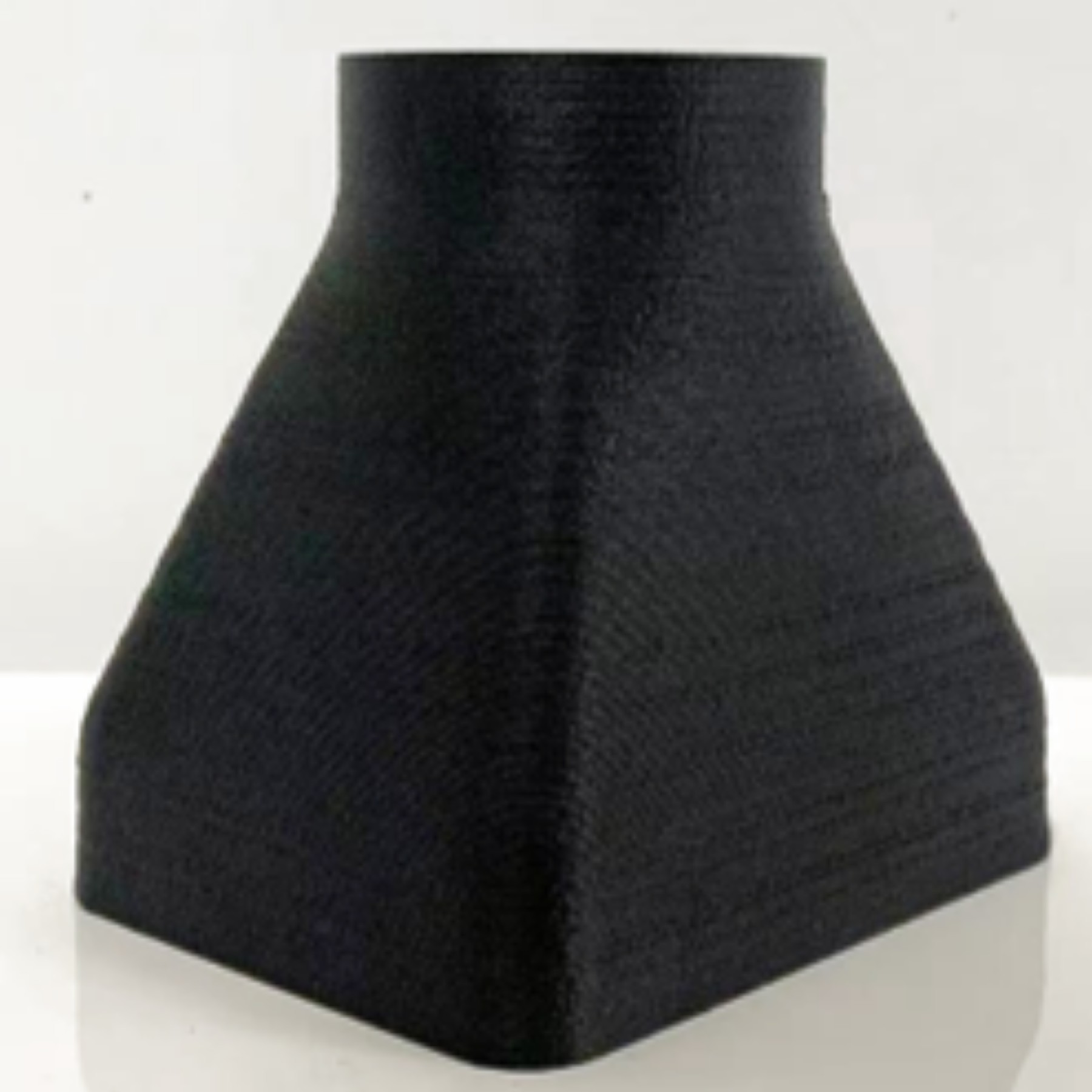
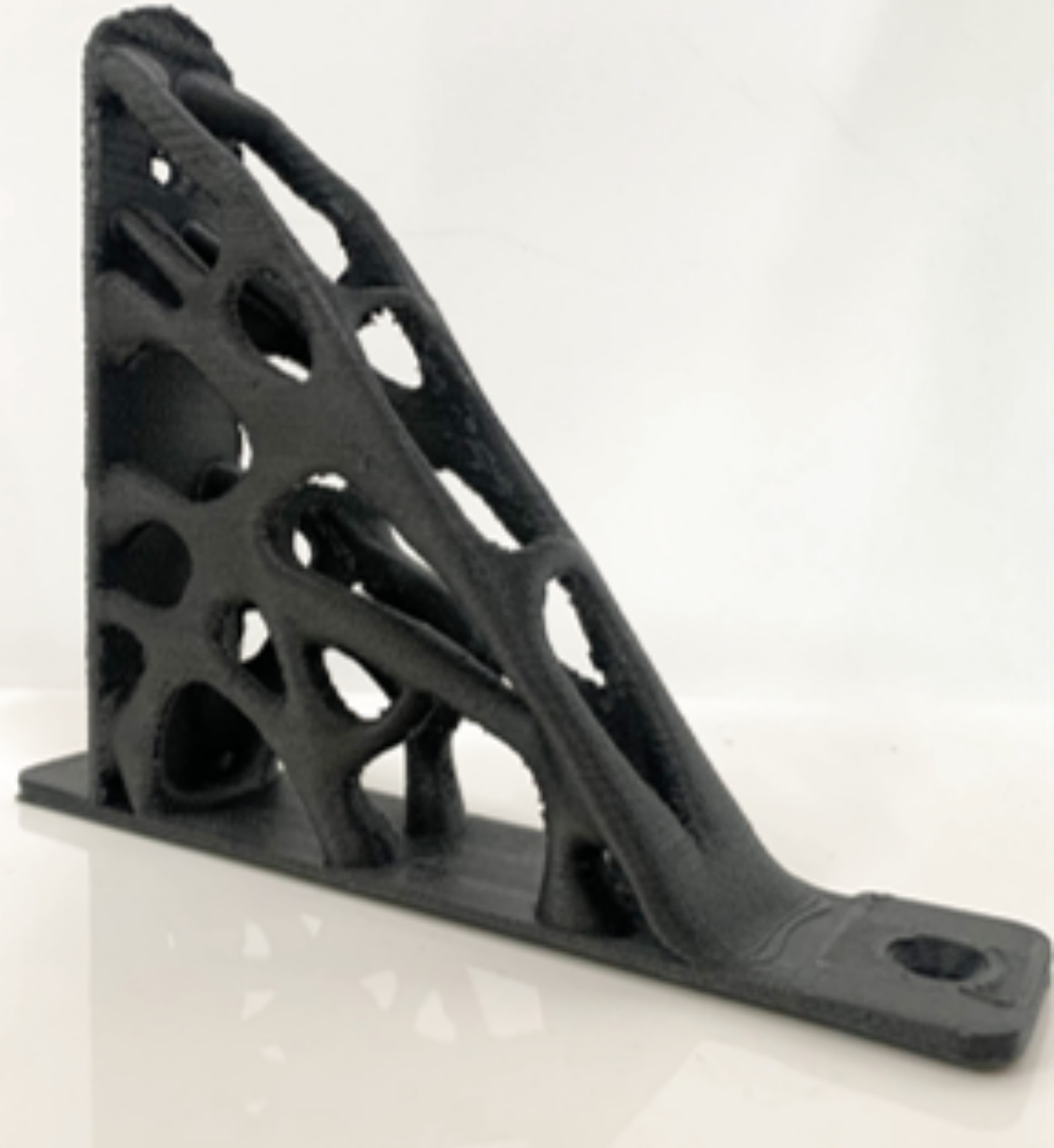
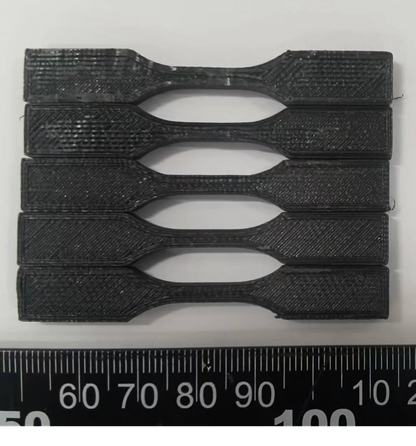
Part 02
2|PEEK-CNT

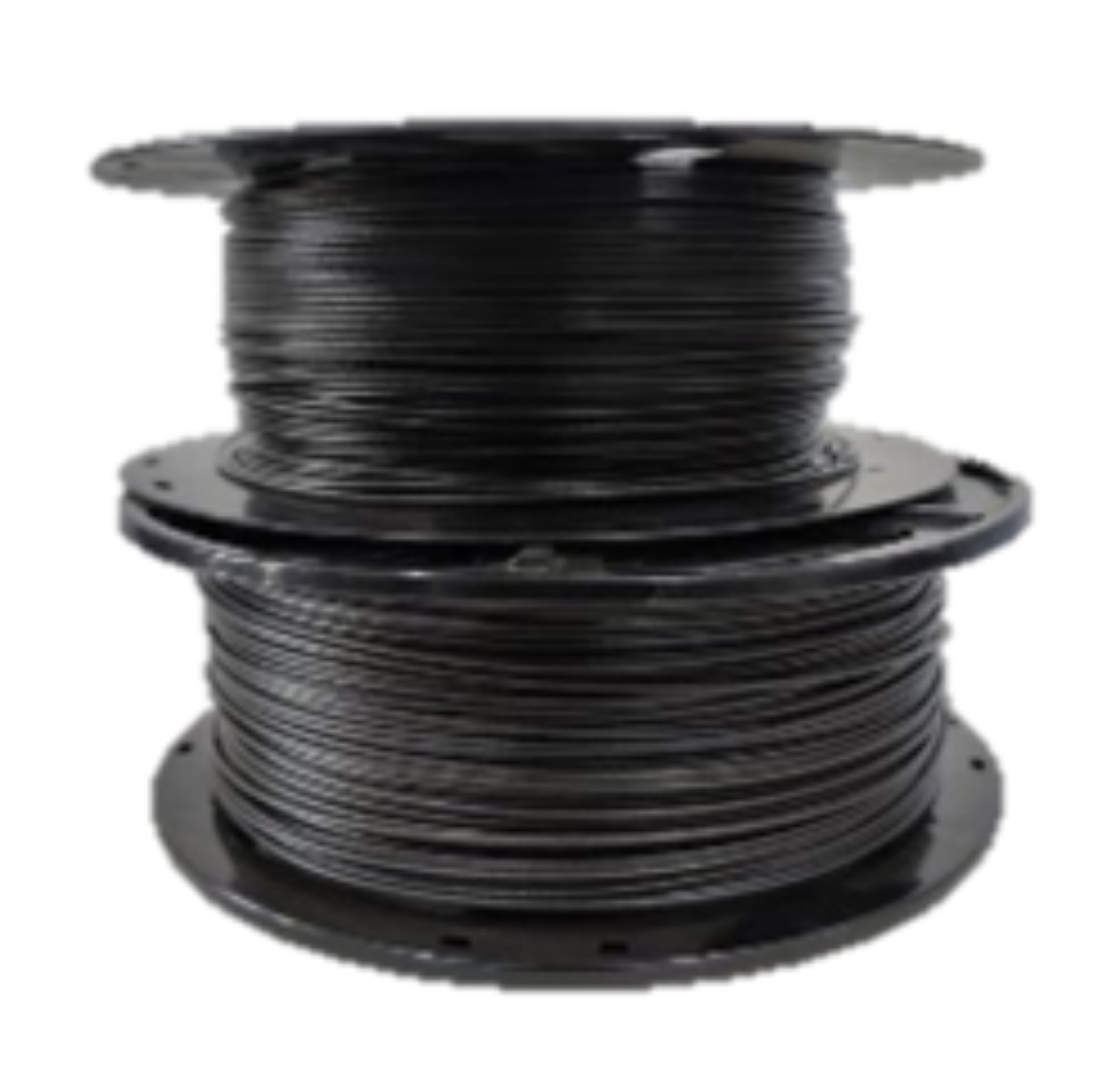
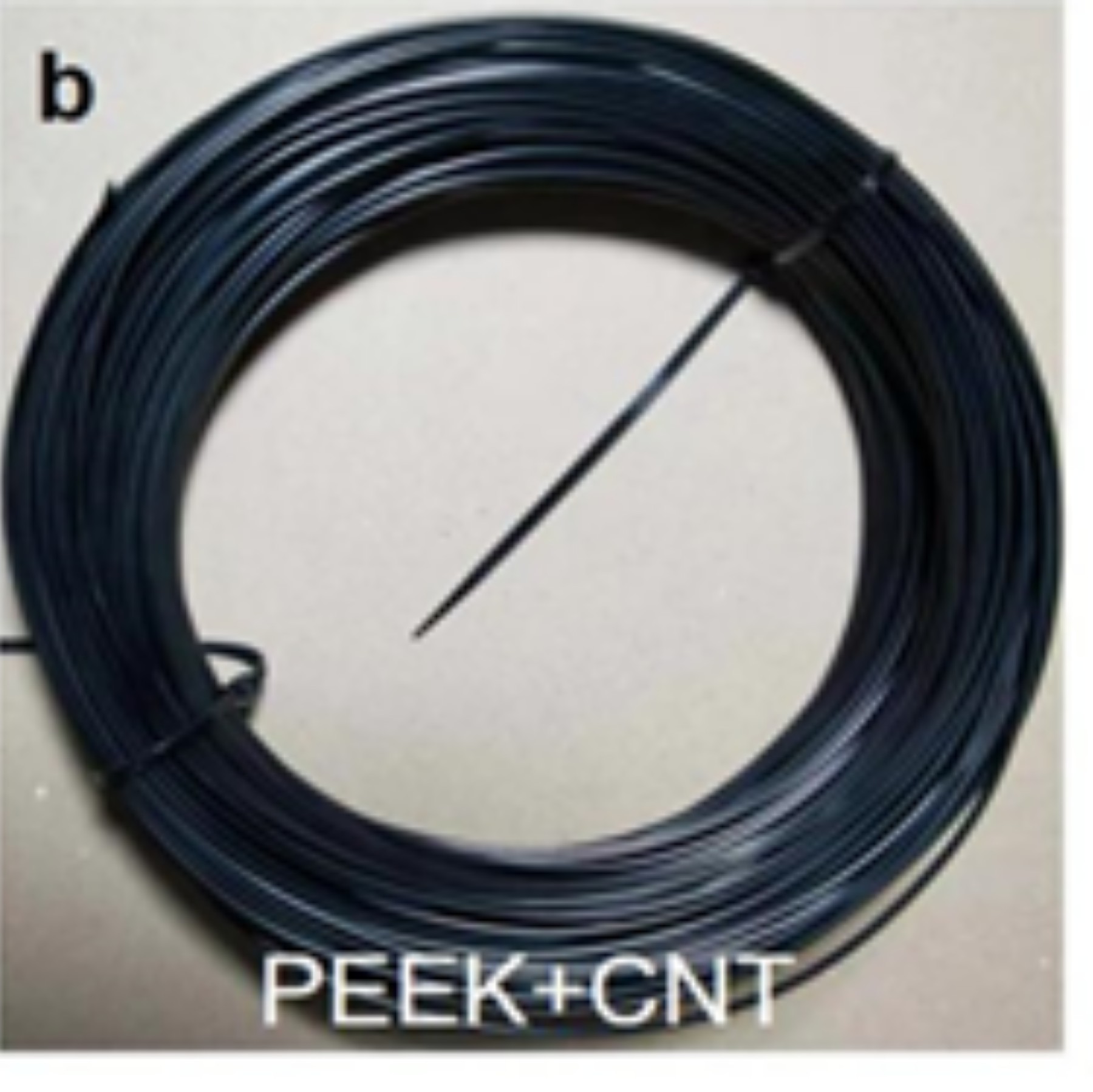
ForceTracer™ PEEK-CNT is a polyetheretherketone (PEEK) material with added carbon nanotubes that appears black. Adding CNT to PEEK maintains high impact strength and gives the material excellent antistatic capabilities.
"
PEEK-CNT application fields
This material is often used in
Electronic and electrical drone manufacturing
Wait for multiple professional scenes
"
3D printing sample display
Product presentation
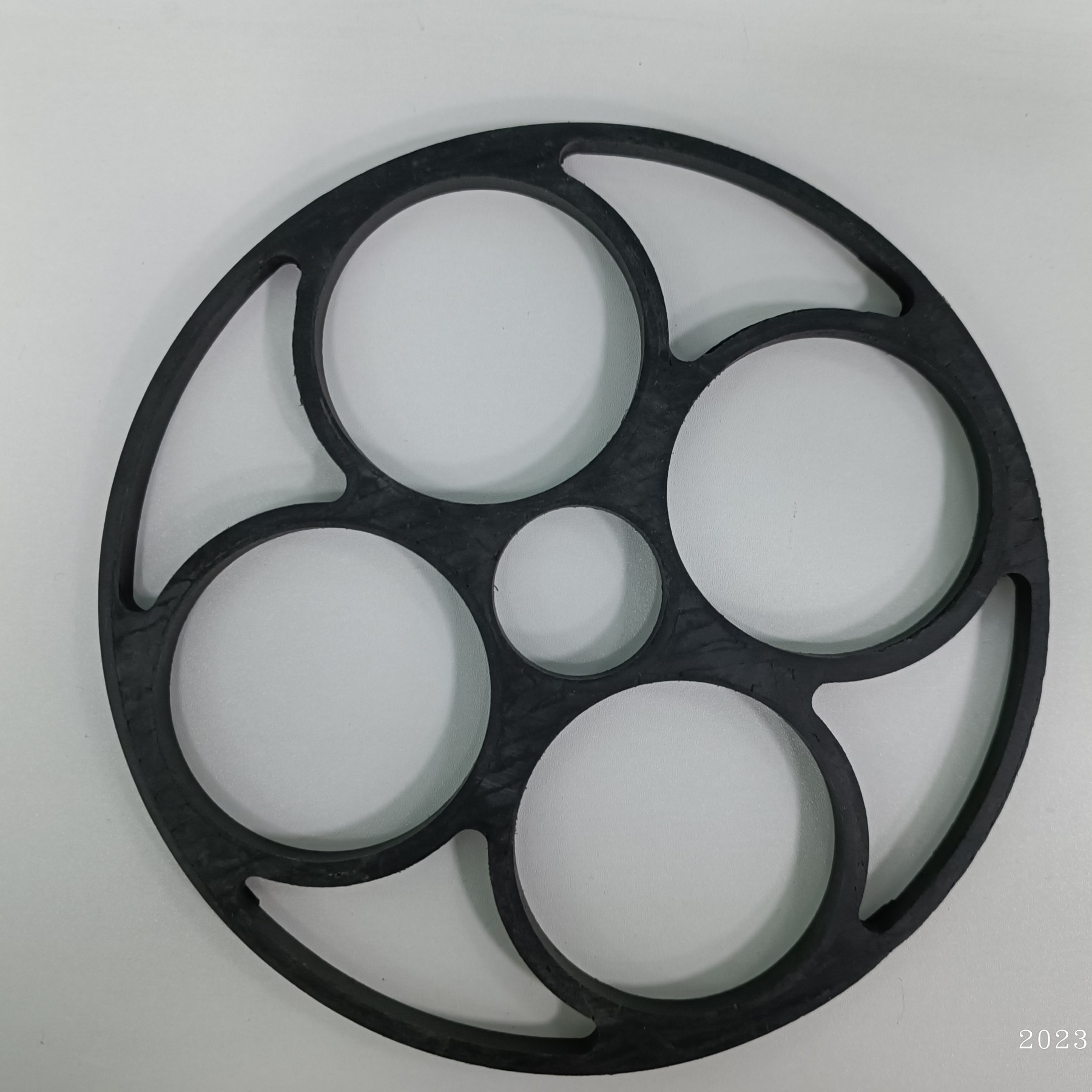

Part 03
3|3D printing performance parameters
PEEK-CF 3D printing performance parameters | |||
performance Property | numerical value Parameter Value | unit Unit | Test Methods Test Method |
Young's modulus Tensile modulus | 5560 | MPa | ISO 527, Type 1A |
Tensile Strength Tensile strength | 183 | MPa | ISO 527, Type 1A |
Elongation at break | 7 | % | ISO 527, Type 1A |
Flexural modulus Bend modulus | 7864 | MPa | ISO 14125 |
Bending strength Bend strength | 242 | MPa | ISO 14125 |
Notched impact strength | 9 | kJ/㎡ | ISO 180 |
Heat distortion temperature HDT | 315 | ℃ | ISO 75-1,2 |
Glass transition temperature Tg | 143 | ℃ | ISO 11357-2 |
Melting temperature Tm | 330-340 | ℃ | ISO 11357-3 |
Particle printing temperature: 350-380℃ from feed to nozzle, adding cavity temperature (80-150℃) will give better printing effect.
Drying temperature: 150-160℃ 2-3h
PEEK-CNT 3D printing performance parameters | |||
performance Property | numerical value Parameter Value | unit Unit | Test Methods Test Method |
Young's modulus Tensile modulus | 2650 | MPa | ISO 527, Type 1A |
Tensile Strength Tensile strength | 120 | MPa | ISO 527, Type 1A |
Elongation at break | 7 | % | ISO 527, Type 1A |
Flexural modulus Bend modulus | 3864 | MPa | ISO 14125 |
Bending strength Bend strength | 165 | MPa | ISO 14125 |
Notched impact strength | 30 | kJ/㎡ | ISO 180 |
Heat distortion temperature HDT | 310 | ℃ | ISO 75-1,2 |
Glass transition temperature Tg | 143 | ℃ | ISO 11357-2 |
Melting temperature Tm | 330-340 | ℃ | ISO 11357-3 |
Particle printing temperature: 350-380℃ from feed to nozzle, adding cavity temperature (80-150℃) will give better printing effect.
Drying temperature: 150-160℃ 2-3h